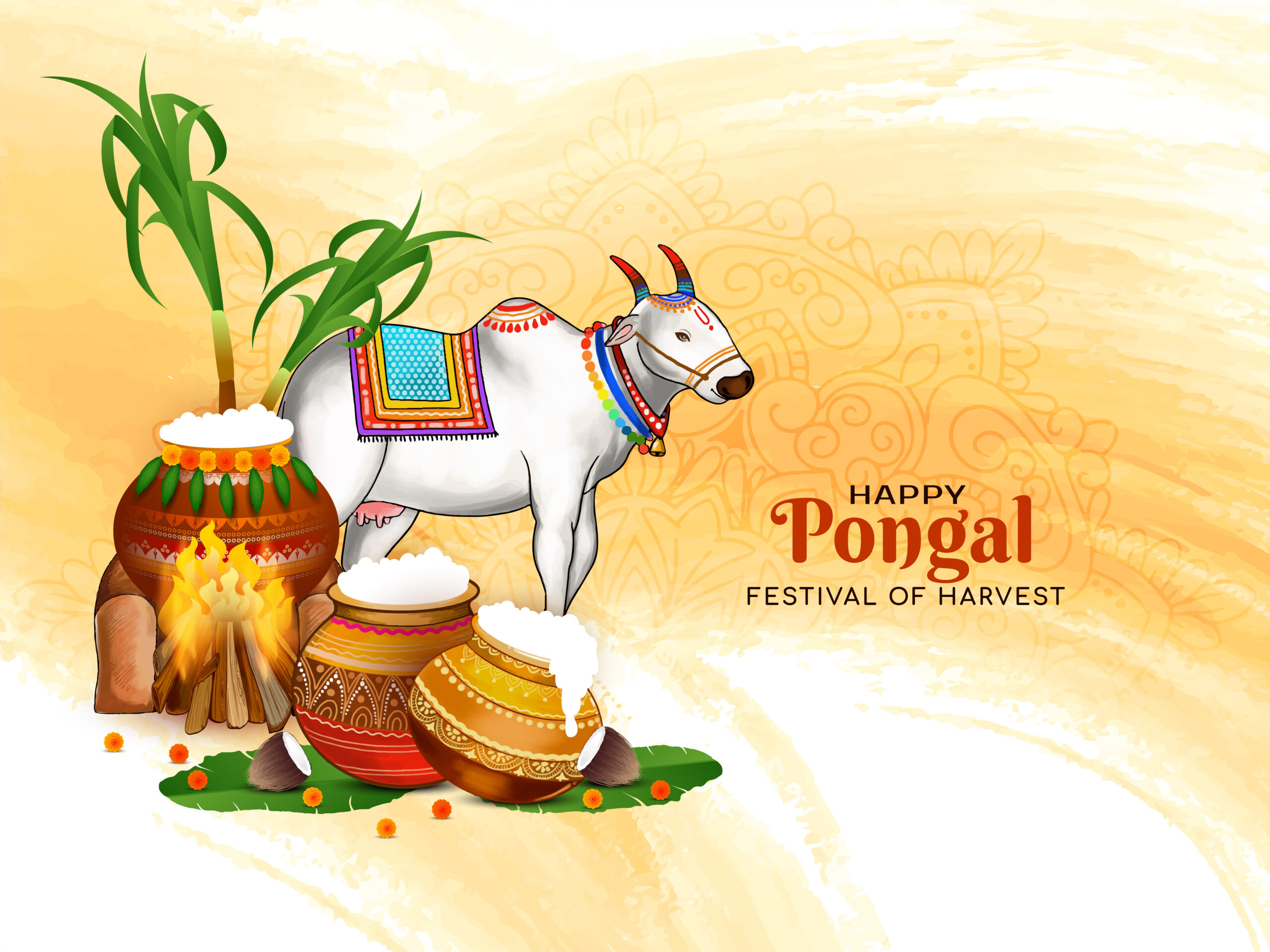Table of Contents:
- Introduction
- The Significance of Pongal
- Pongal Celebrations
3.1. Bhogi Pongal
3.2. Thai Pongal
3.3. Mattu Pongal
3.4. Kaanum Pongal - Traditional Pongal Recipes
4.1. Sweet Pongal
4.2. Ven Pongal
4.3. Sakkarai Pongal - Pongal Decorations and Kolam
- Pongal and Agriculture
- The Spirit of Togetherness
- Conclusion
1.Introduction:
Pongal, like Lohri and Makar Sankranti captures the essence of cheerfulness, thankfulness and harmony. This Tamil harvest festival, noted in January drifts participants through a fabric of traditions, rituals and culinary mixes. In celebration of the lucky Thai month, Pongal celebrates communities uniting representing cultural diversity and common heritage. The same is true of Lohri and Makar Sankranti—it celebrates the harvest season with a colorful fabric of festival, establishing an indissoluble linkage between people’s traditions that manifests into oneness. This year it will be celebrated on Jan 15 2024.
2.The Significance of Pongal:
In South India, Pongal has cultural and agricultural importance. Pongal is the name of this word, meaning that milk overflowed potentially wealth and prosperity. This is the period when farmers praise the Sun God for a good harvest.
3.Pongal Celebrations:
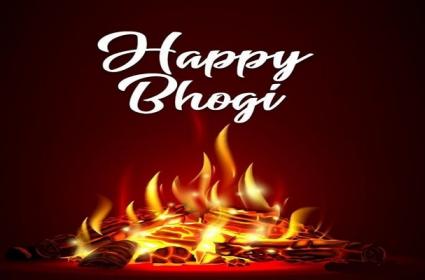
3.1. Bhogi Pongal:
Bhogi Pongal, a day of cleaning and disposing of things, is the opening ceremony for this festival. The houses are cleaned, and bonfires are also lit to imply that the old is set on fire as a welcome for the new.
3.2. Thai Pongal:
Thai Pongal, the highlight of this festival, refers to a preparation process that gives rise to the traditional Pongala dish. Families have a meal of the first harvest of rice cooked in clay pots, representing wealth. An overflowing pot is a figurative display of abundance and prosperity.
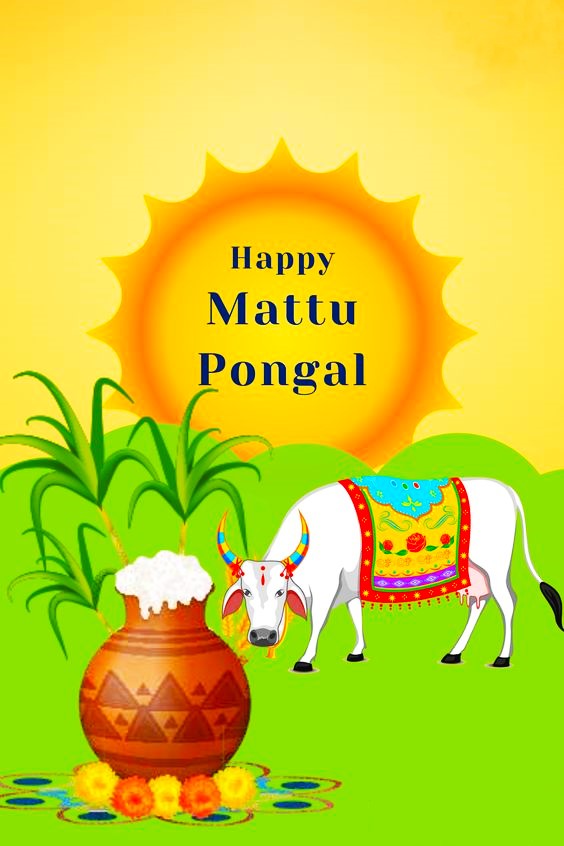
3.3. Mattu Pongal:
Mattu Pongal is a day to worship cattle, which is critical for agriculture. Cows are washed, decorated with garlands, and worshipped as a sign of appreciation to the farming community for what they have done.
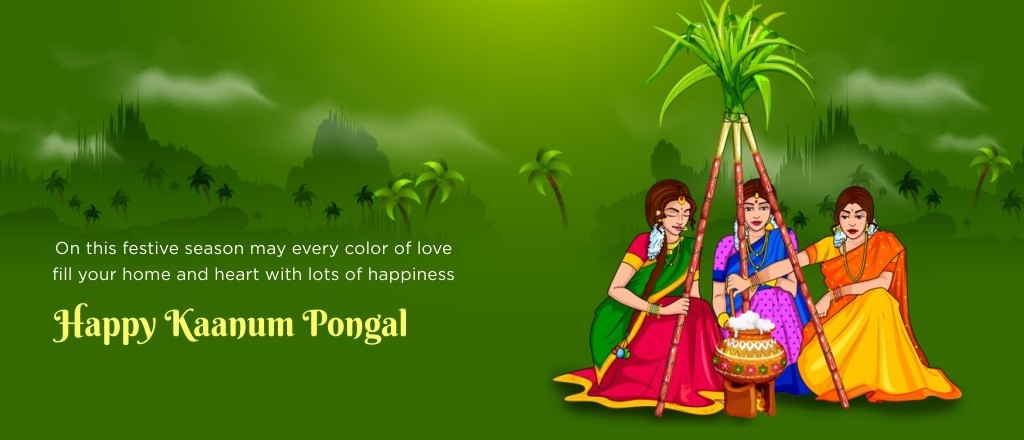
3.4. Kaanum Pongal:
The celebrations end with Kaanum Pongal, the last day when relatives are visited and families spend time together. It is also a day for indulging in outdoor activities and appreciating nature.
4.Traditional Pongal Recipes:

4.1. Sweet Pongal:
Pongal, a dish made with rice, jaggery, and ghee which stands for the sweetness of life, is one delectable sweet in Sri Lanka. It is intrinsically part of the Pongal celebration shared among family and friends.
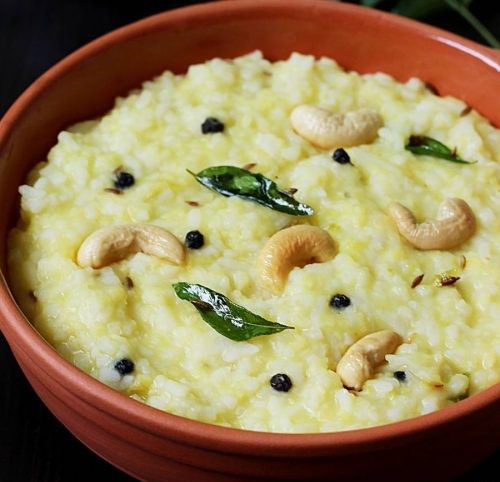
4.2. Ven Pongal:
Another Pongal specialty is Ven Pongal, a savory dish made of rice and lentils seasoned with black pepper oil. It is a nutritional and delicious meal that most people enjoy during that occasion.
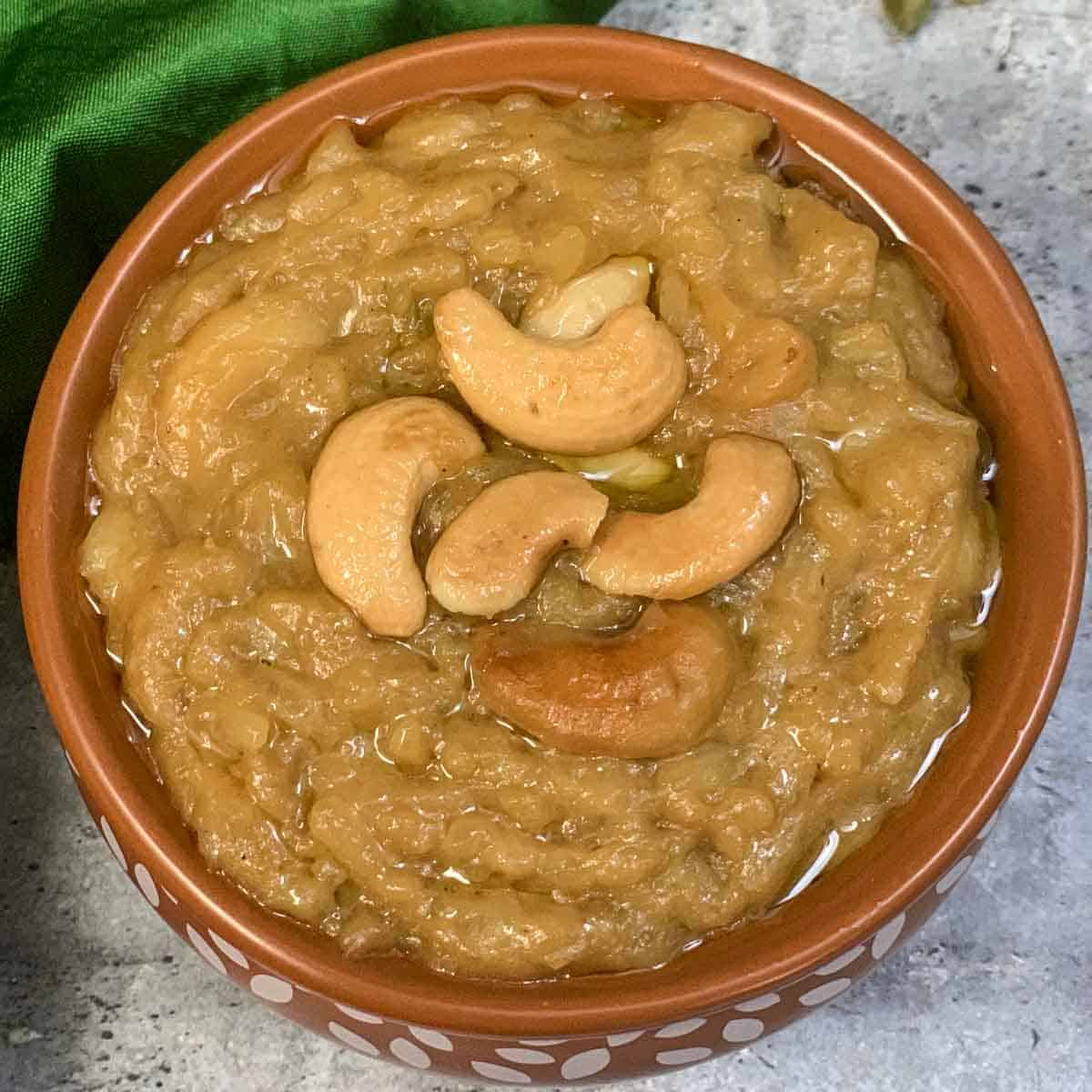
4.3. Sakkarai Pongal:
Sakkarai Pongal, or ChakkaraPogal, is a sweet dish prepared out of rice, jaggery, and cashew nut. This dish makes Pongal day even sweeter.

5.Pongal Decorations and Kolam:
Pongal homes are decorated with colorful furnishings. Bright warm rings called Kolam are drawn on house doorsteps, celebrating the arrival of guests and thought to bring wealth. The elaborate patterns contribute to the festive ambiance.
6.Pongal and Agriculture:
Pongal is a festival of an agrarian way of life, reflecting the inseparability between farming and people from South India. However, farmers are grateful for the harvest and make a plea that their farming season be fruitful.
7.The Spirit of Togetherness:
Not only is Pongal a time of rituals and feasts, but also an opportunity for families to reunite and solidify relations. These include a happy environment, joint meals, and cultural activities that promote cohesion and unity within the communities.
8.Conclusion:
Pongal is, in short, a festival that fuses tradition, thankfulness, and a sense of belonging. This is a season in which people celebrate the earth, give thanks for their harvest, and renew ties between family members. As Pongal grows, the festival’s soul is firmly grounded in South India’s vibrant cultural heritage.

